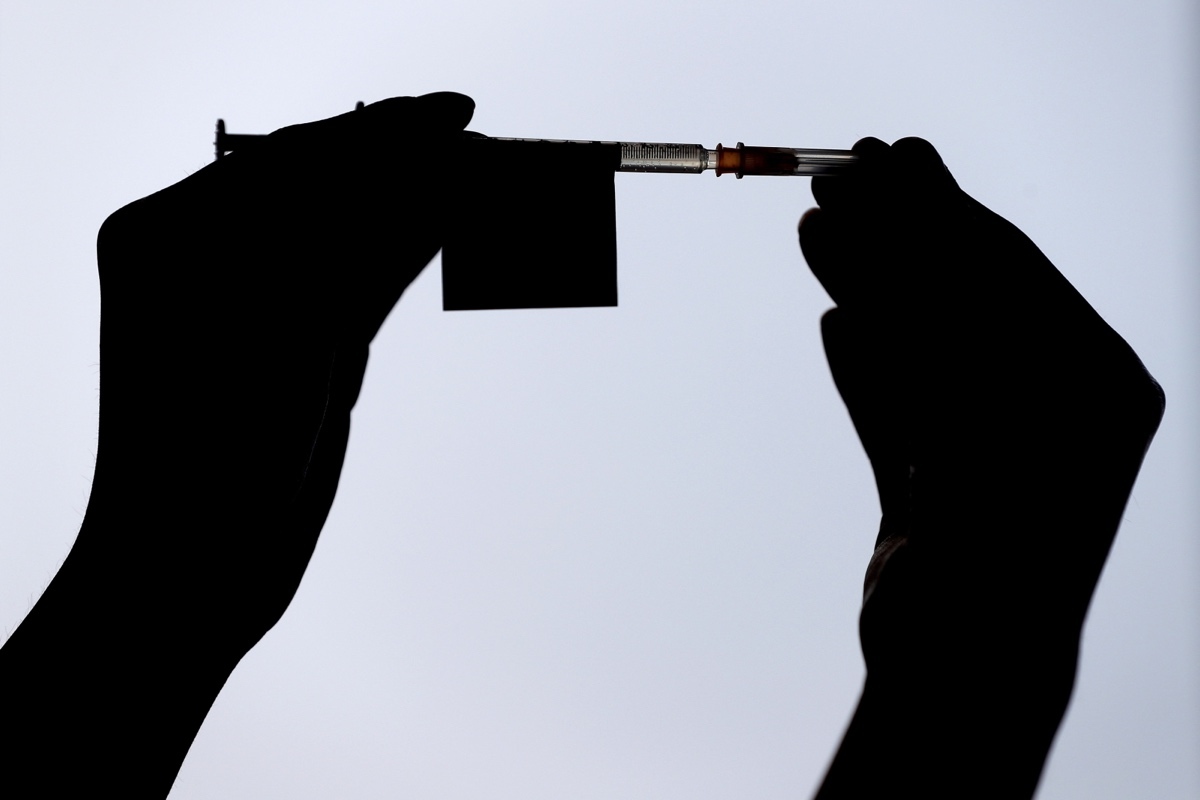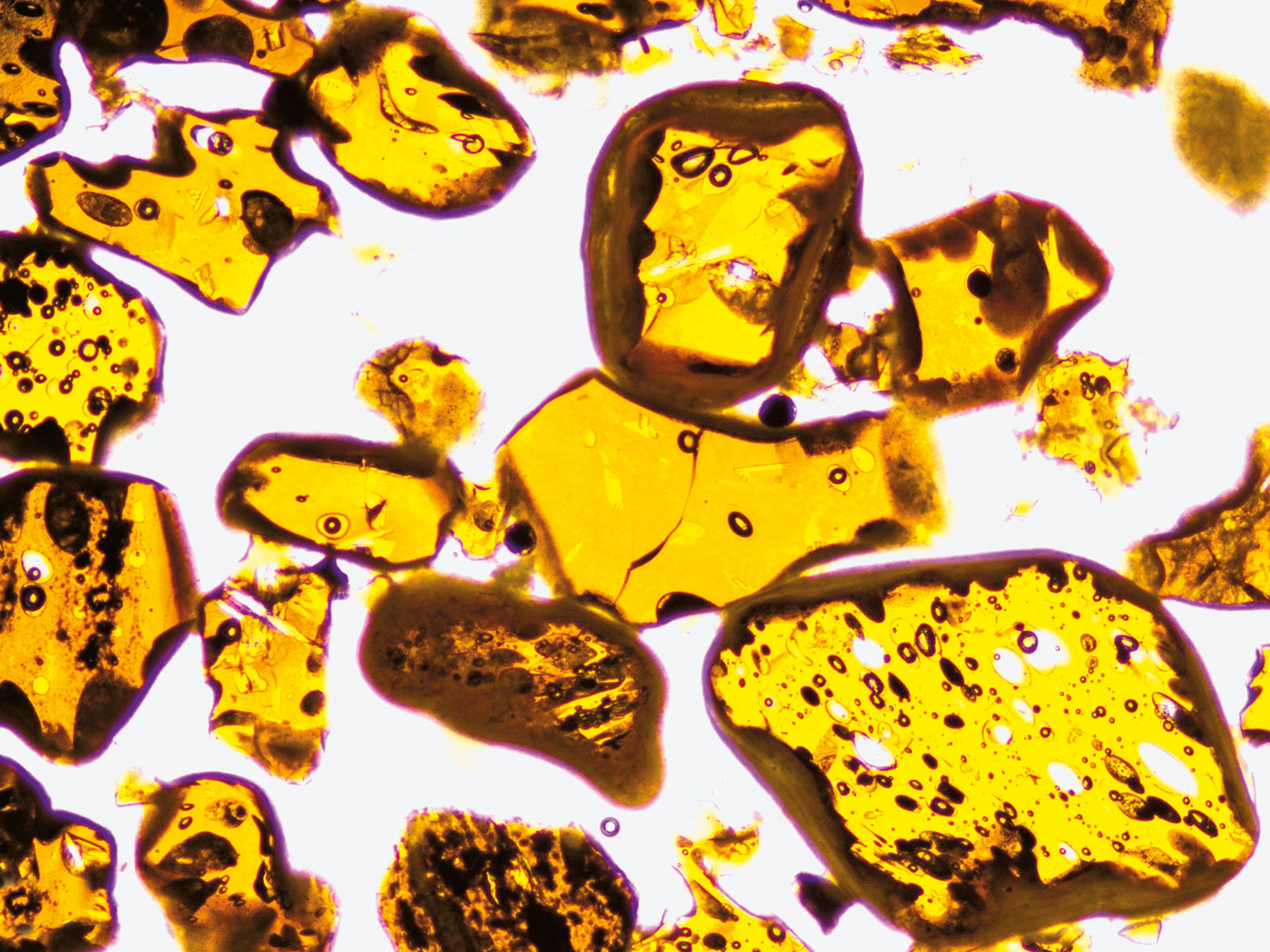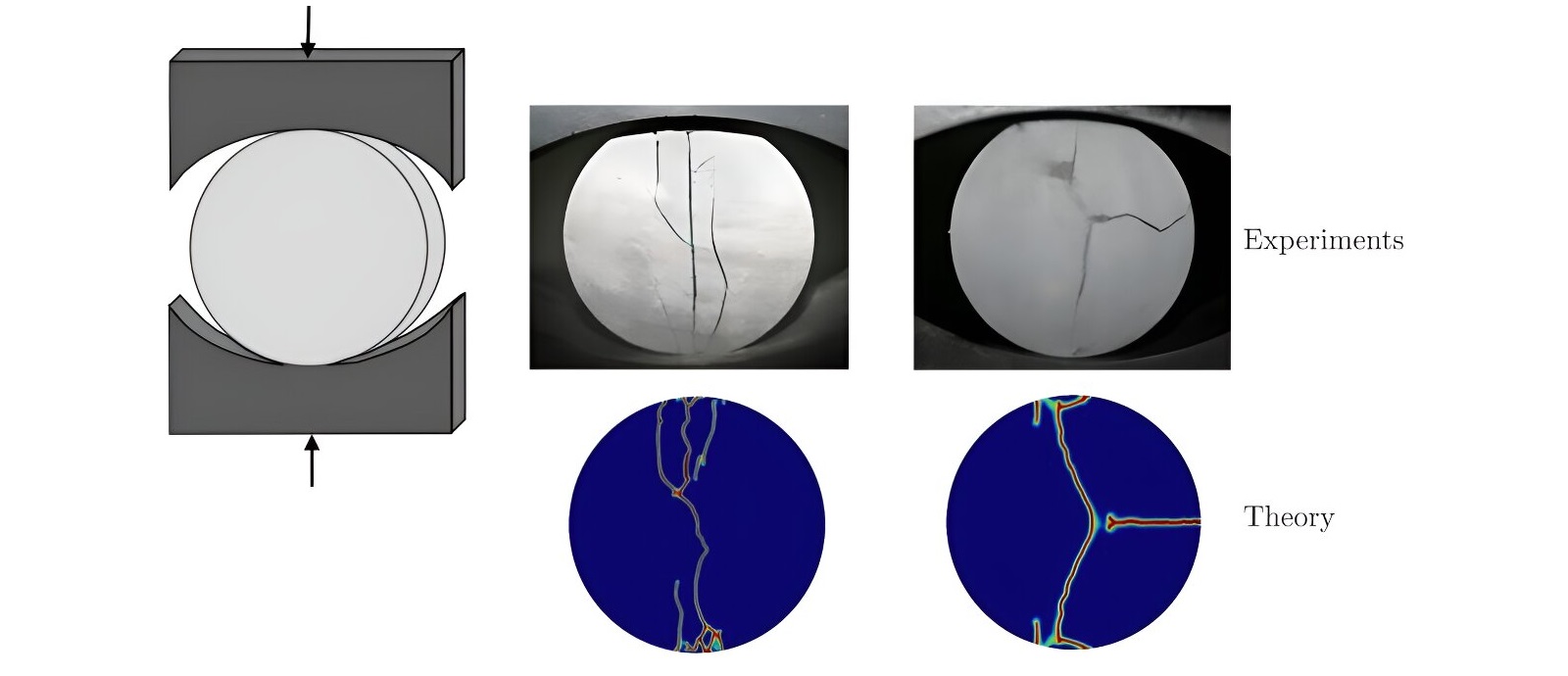A study of more than 6.2 million patients found that there were no serious health effects that could be linked to mRNA vaccines against COVID-19. A paper on this topic was published in September in the journal JAMA.
The authors of the analysis are scientists from the US Centers for Disease Control and Prevention (CDC) and the Kaiser Permanente Consortium. So far, they say, the results of the study, targeting 12 million people, are reassuring. Currently, data covering the period from mid-December 2020 to the end of June 2021 has been provided.
The entire world believes in vaccines to end the COVID-19 pandemic. It must be effective and safe. Our role is to oversee and monitor these preparations
– says the publication’s lead author, Dr. Nicola Klein.
In their analysis, the researchers compared specific health events among all people who were vaccinated with mRNA preparations during the first 3 weeks and 3-6 weeks after receiving the vaccine. The total number of subjects evaluated was 6.2 million for the first dose and 5.7 million for the second dose. In addition, these participants were compared with the unvaccinated patients who made up the control group.
23 potential health effects were considered. They were chosen because in previous studies they were considered to be particularly worrisome effects of vaccination against COVID-19. These were, among others, neurological disorders (eg encephalitis, epileptic seizures, Guillain-Barré syndrome), cardiovascular problems (eg acute myocardial infarction, stroke, pulmonary embolism) and others (eg Bell’s palsy, appendicitis, anaphylaxis, multisystem inflammatory syndrome).
Patients’ medical records were computer searched and reviewed by analysts to check without any doubt whether the medical problem started before or after vaccination. Statistical analysis was then applied to determine whether the number of incidents exceeded the alert threshold.
They found that among the health problems studied did not reach that far, although in some cases the results were less accurate due to the very small number of cases.
The study authors stress that two of the most outrageous topics, myocarditis and pericarditis among young adults, are not really a cause for concern.
The study identified 34 such cases in patients between the ages of 12 and 39 years: 85 percent. Of them, 82 percent are men. They were hospitalized, and nearly all had recovered by the time the results were published. The authors calculated that the risk of developing myocarditis for this age group was 6.3 additional cases per million doses in the first week after vaccination. Previous studies indicate that the risk of this event is much higher after infection with COVID-19 than with a vaccine.
Our study results are a great example of how seriously the CDC takes vaccine safety and how thorough and transparent we are in our efforts to monitor these preparations, says Dr. Tom Shimabukuro of the CDC’s Office of Vaccine Safety. (…]COVID-19 vaccines are subject to the strictest safety oversight in U.S. history. We believe immunization remains the best way to protect yourself and your loved ones from a virus that has already killed millions.
This study will continue for at least another two years. It will include subsequent patients who have been newly vaccinated.
kk / PAP

Echo Richards embodies a personality that is a delightful contradiction: a humble musicaholic who never brags about her expansive knowledge of both classic and contemporary tunes. Infuriatingly modest, one would never know from a mere conversation how deeply entrenched she is in the world of music. This passion seamlessly translates into her problem-solving skills, with Echo often drawing inspiration from melodies and rhythms. A voracious reader, she dives deep into literature, using stories to influence her own hardcore writing. Her spirited advocacy for alcohol isn’t about mere indulgence, but about celebrating life’s poignant moments.









